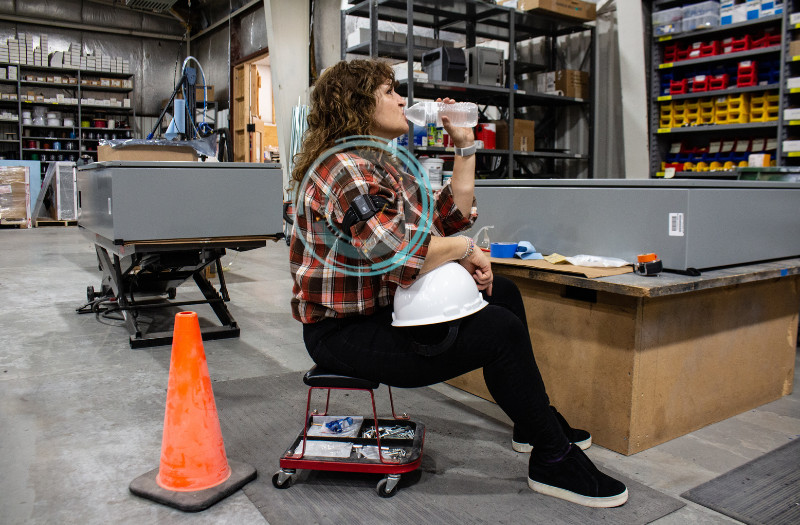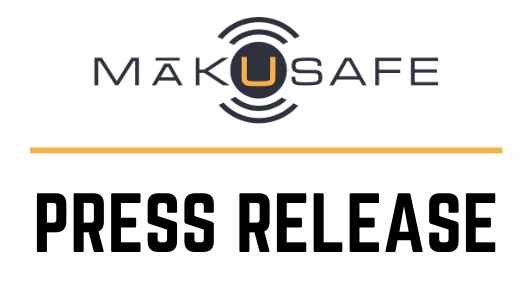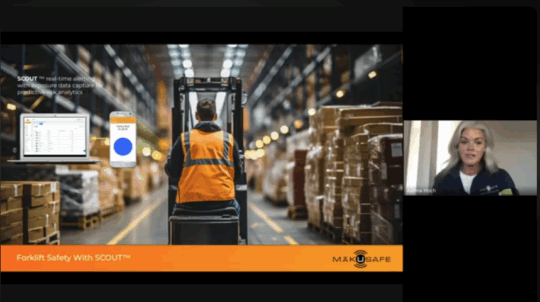Combating Heat Exposure in Labor Workers: The Role of Wearable Technology
August 14, 2024

Combating worker heat exposure
As summer temperatures rise, so does the risk of heat-related illnesses and injuries among outdoor trades, industrial, and indoor workers. From construction sites to manufacturing plants, workers are exposed to extreme heat, which can lead to serious health problems. According to the Occupational Safety and Health Administration (OSHA), heat illness affects thousands of workers each year, with an average of 3,000 to 4,000 cases reported annually between 2011 and 2019. Tragically, heat stroke leads to an average of 30 worker deaths per year, emphasizing the need for effective prevention measures.
Understanding heat-related illnesses
Heat-related illnesses range from minor conditions like heat rash and cramps to more severe ailments such as heat exhaustion and heat stroke. The symptoms can escalate rapidly, making it crucial to identify and address heat exposure promptly. Common signs include dizziness, nausea, headaches, and elevated body temperatures. Without immediate intervention, these conditions can impair cognitive and physical functions, posing significant risks to worker safety. In severe cases, heat stroke can be fatal if not treated promptly.
The importance of monitoring heat exposure and prevention
Preventing heat illness in workers requires proactive measures. Traditional methods include hydration, scheduled breaks, and providing shade. While effective, these strategies can be enhanced with modern technology to offer real-time monitoring and early intervention.
New OSHA Regulations on Heat Exposure
In response to the increasing risk of heat-related illnesses, OSHA has released a draft of its proposed rule on heat illness prevention. This proposal mandates the creation of a heat illness prevention plan, which must be documented if an employer has 10 or more employees.
Initial Heat Trigger Requirements (80° F):
- Regularly check for signs of heat stress among workers.
- Assess and document potential heat hazards in the workplace.
- Ensure employees have access to one quart of water per hour and designated rest areas.
- Implement measures to manage indoor temperatures.
- Help new and returning workers acclimate to the heat.
- Issue warnings about potential heat risks.
- Ensure that PPE is suitable for hot conditions.
High Heat Trigger Requirements (90° F):
- Provide a minimum 15-minute paid rest break every two hours.
- Monitor employees for heat illness symptoms using:
- A buddy system where co-workers observe each other.
- Supervision by a heat safety coordinator, with a maximum of 20 employees per supervisor.
- Two-way communication for lone workers.
- Post warning signs in areas where ambient temperatures exceed 120° F regularly.
How MākuSafe Wearable Technology Can Help
Wearable technology is revolutionizing workplace safety, offering innovative solutions to monitor environmental conditions and worker health. MākuSafe, a leader in safety technology, has developed a cutting-edge wearable device designed to minimize heat illness risks among workers.
Key Features of MākuSafe Wearable Technology:
- Real-time Monitoring: MākuSafe devices continuously track environmental conditions such as temperature and humidity, allowing for the calculation of a personalized heat index. This data enables workers and supervisors to make immediate adjustments to work routines when heat levels become dangerous.
- Data Analytics: MākuSafe’s platform collects and analyzes data over time, helping organizations identify patterns and implement long-term strategies for heat illness prevention. In addition to aggregated data, individual instances of high heat exposure can be addressed, ensuring targeted responses to unique conditions affecting specific workers or areas.
- Opt-in Notifications: MākuSafe’s platform also allows for a leader to opt-in for notifications on things that are most important to them, for specific groups they are responsible for. For example, a team leader can choose to receive real-time notifications about heat index reaching trigger points for their direct reports. This enables responsiveness to the unique experiences of an individual or team doing work when they need it.
Adapt and Overcome Heat-Related Illnesses
As trends show rising temperatures, the threat of heat-related illnesses in workers becomes increasingly pressing. Often, a “one-size-fits-all” safety protocol is implemented, which typically means everyone takes the same breaks, gets shade, and hydrates at the same intervals. While these measures are essential, they can be impractical and limit productivity, especially on extremely hot days or in certain types of work. Real-time data personalized to the individual worker allows for more focused prevention and intervention, optimizing both safety and productivity.
By integrating OSHA’s new regulations and utilizing advanced technologies like MākuSafe, employers can create a safer, more responsive environment for their workers, reducing the risks associated with extreme heat and improving overall workplace health and safety.
For more information on how MākuSafe can help your organization minimize heat illness risk, visit our website.





